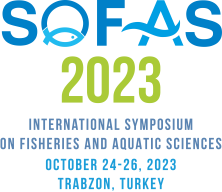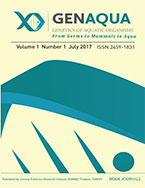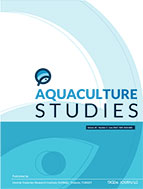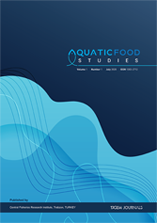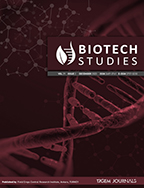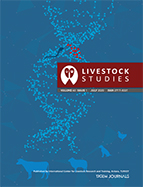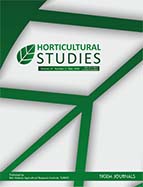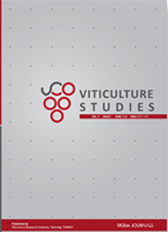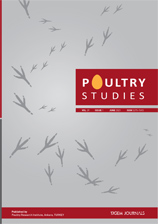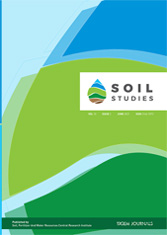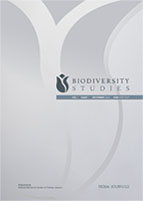Turkish Journal of Fisheries and Aquatic Sciences
2025, Vol 25, Num, 9 (Pages: TRJFAS27152)
Morphological and Molecular Characterization of Neritic Zooplankton in Marguerite Bay, Antarctica
2 Sheep Breeding and Research Institute, Bandırma, Balıkesir, TÜRKİYE
3 Çukurova University, Faculty of Fisheries, Marine Biology, Adana, TÜRKİYE
4 Republic of Türkiye Ministry of Agriculture and Forestry General Directorate of Agricultural Research and Policies, Ankara, TÜRKİYE DOI : 10.4194/TRJFAS27152 Viewed : 901 - Downloaded : 836 This study details field investigations conducted during the 6th Turkish National Antarctic Science Expedition in February 2022, involving zooplankton sampling at ten stations along the western shores of Horseshoe Island, Marguerite Bay. Utilizing a WP-2 plankton net, both vertical and horizontal sampling methods were employed, with samples preserved for morphological and molecular analysis. Morphological assessments of collected zooplankton focused on detailed descriptions supported by digital imaging. Following Antarctic marine fieldwork, genetic research was initiated with DNA extraction from zooplankton specimens. Molecular analyses focused on amplifying mitochondrial gene regions. These mitochondrial DNA markers are recognized for species identification and phylogenetic investigations. This study was conducted by combining classical morphological assessment with mitochondrial DNA barcoding technology. As a result, molecular analyses of Calanoides acutus and Paralabidocera grandispina revealed high identity percentages (≥98%) when compared to reference sequences in the BOLD database, demonstrating successful species identification through mitochondrial DNA (mtDNA) barcoding. Detailed morphological features of these two species, as well as others, were documented with particular focus on the structure of the swimming legs and genital segments. The study aims to contribute to the understanding of zooplankton biodiversity in Antarctic marine ecosystems, providing preliminary insights into genetic diversity and potential cryptic species through molecular genetic techniques. Keywords : Southern ocean Morphological analysis Zooplankton DNA barcoding Biodiversity



